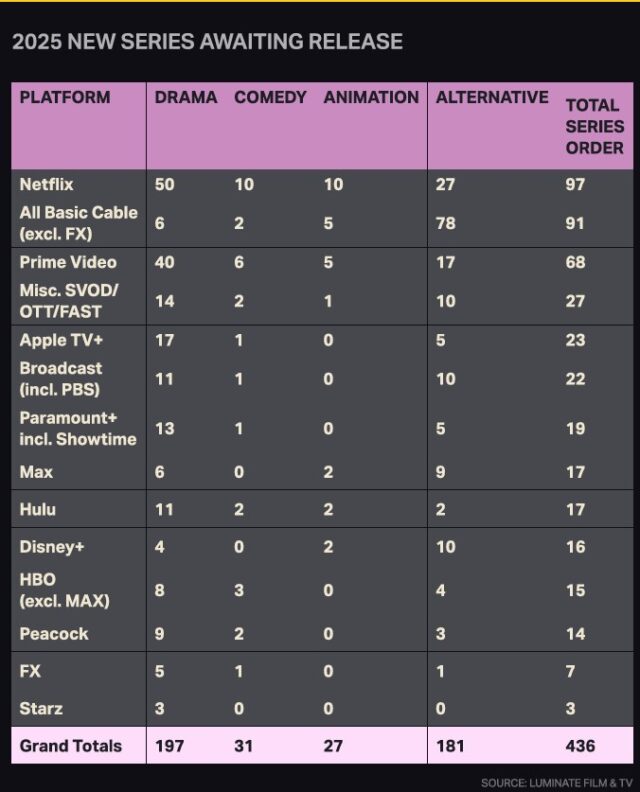There was a time when it felt like you needed a streaming subscription in order to contribute to watercooler conversations. Without Netflix, you couldn’t react to House of Cards’ latest twist. Without Hulu, you couldn’t comment on how realistic The Handmaid’s Tale felt, and you needed Prime Video to prefer The Boys over the latest Marvel movies. In the earlier days of streaming, when streaming providers were still tasked with convincing customers that streaming was viable, streaming companies strived to deliver original content that lured customers.
But today, the majority of streaming services are struggling with profitability, and the Peak TV era, a time when TV programming budgets kept exploding and led to iconic original series like Game of Thrones, is over. This year, streaming companies are pinching pennies. This means they're trying harder to extract more money from current subscribers through ads and changes to programming strategies that put less emphasis on original content.
What does that mean for streaming subscribers, who are increasingly paying more? And what does it mean for watercooler chat and media culture when the future of TV increasingly looks like TV’s past, with a heightened focus on live events, mainstream content, and commercials?
Streaming offered new types of shows and movies—from the wonderfully weird to uniquely diverse stories—to anyone with a web connection and a few dollars a month. However, more conservative approaches to original content may cause subscribers to miss out on more unique, niche programs that speak to diverse audiences and broader viewers' quirkier interests.
Streaming companies are getting more stingy
To be clear, streaming services are expected to spend more on content this year than last year. Ampere Analysis predicted in January that streaming services’ programming budgets will increase by 0.4 percent in 2025 to $248 billion. That’s slower growth than what occurred in 2024 (2 percent), which was fueled by major events, including the 2024 Summer Olympics and US presidential election. Ampere also expects streaming providers to spend more than linear TV channels will on content for the first time ever this year. But streaming firms are expected to change how they distribute their content budgets, too.




 Loading comments...
Loading comments...
